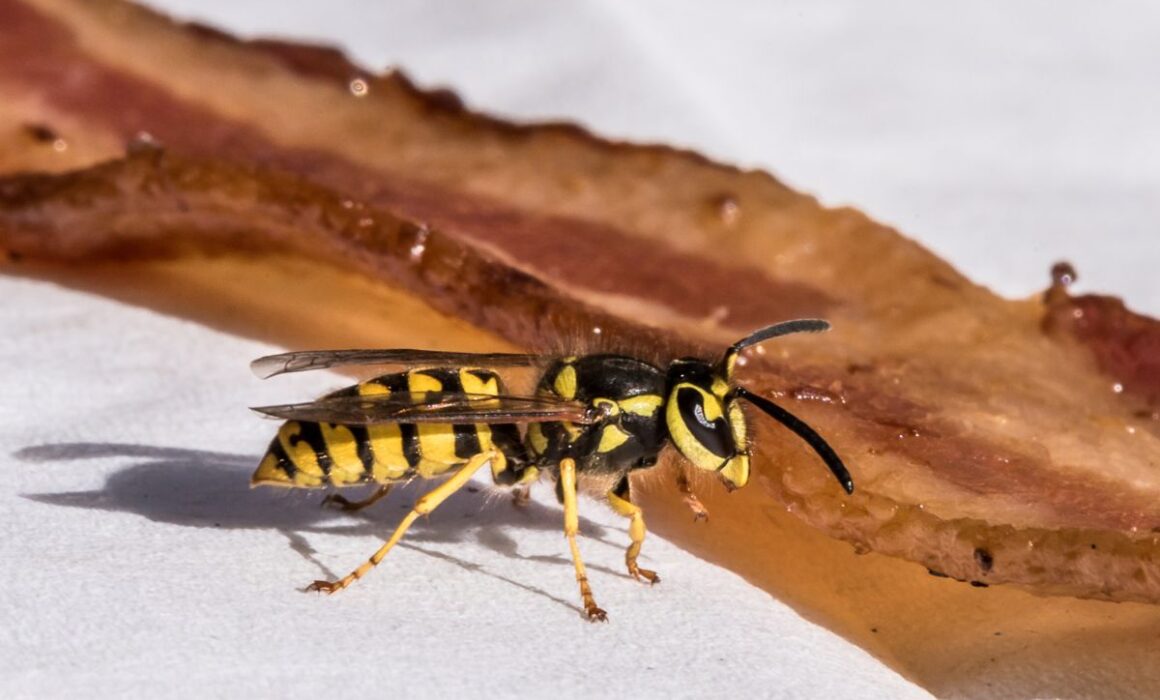Buzzing Insects 101: Differentiating Bees, Wasps, Bumblebees, and Hornets
In the warm and sunny climate of Riverside and San Diego Counties, buzzing insects are a common sight. However, telling the difference between bees, wasps, bumblebees, and hornets can be challenging. Our Temecula based Pest Control Company we’ll help you explore the distinguishing features of these buzzing creatures, helping you understand who’s who in the world of stingers.
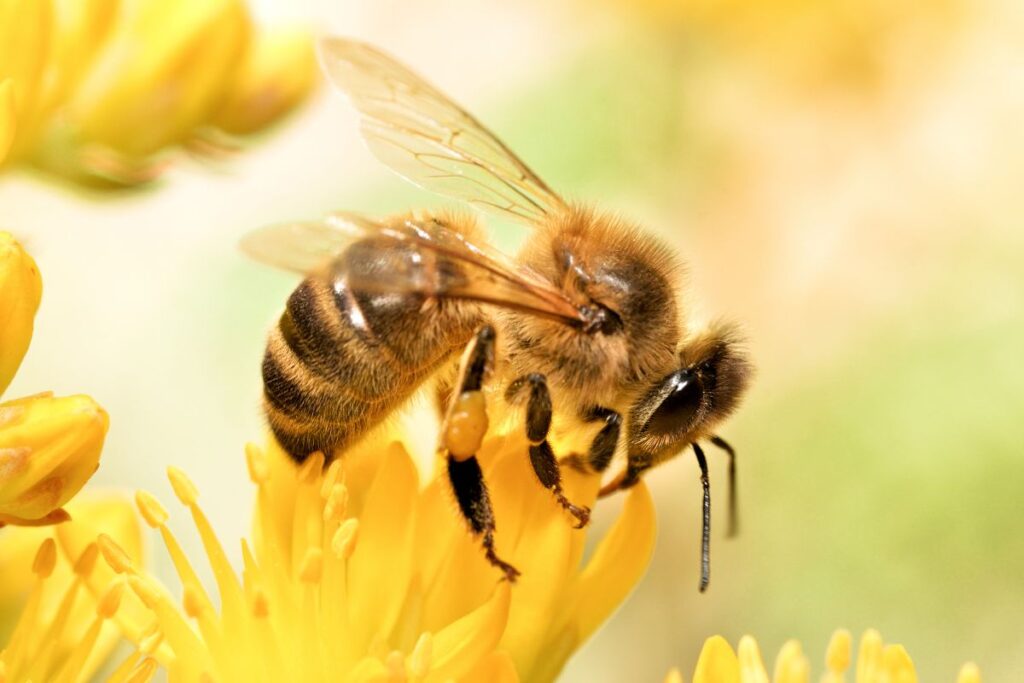
1. Honey Bees:
- Appearance: Honey bees are typically golden-yellow with brown bands. They have a robust and fuzzy body.
- Behavior: Honey bees are generally non-aggressive and will only sting if they feel their hive is threatened. They play a crucial role in pollination and honey production.

2. Bumblebees:
- Appearance: Bumblebees are larger and fuzzier than honey bees, often with black and yellow stripes. Some species may have orange or red markings.
- Behavior: Bumblebees are generally docile but can become defensive if their nest is disturbed. They are important pollinators and play a role in maintaining plant diversity.
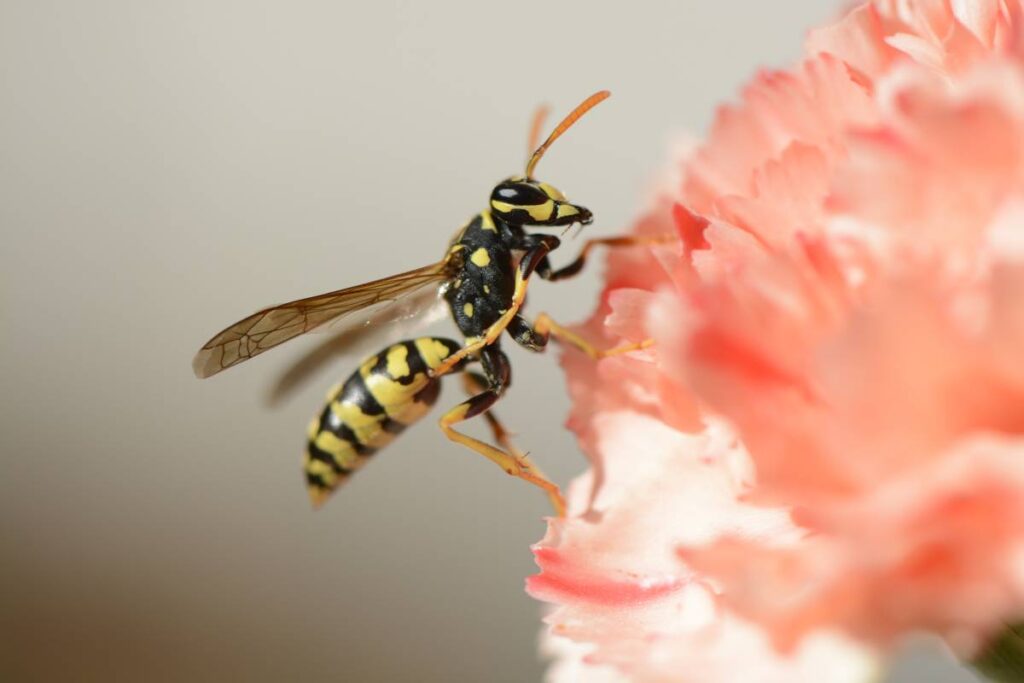
3. Wasps:
- Appearance: Wasps come in various colors, including yellow, black, and brown. They have a slender, smooth body with a defined waist.
- Behavior: Wasps can be more aggressive than bees, especially during late summer and fall when they are looking for food. They are predators and scavengers, helping control insect populations.
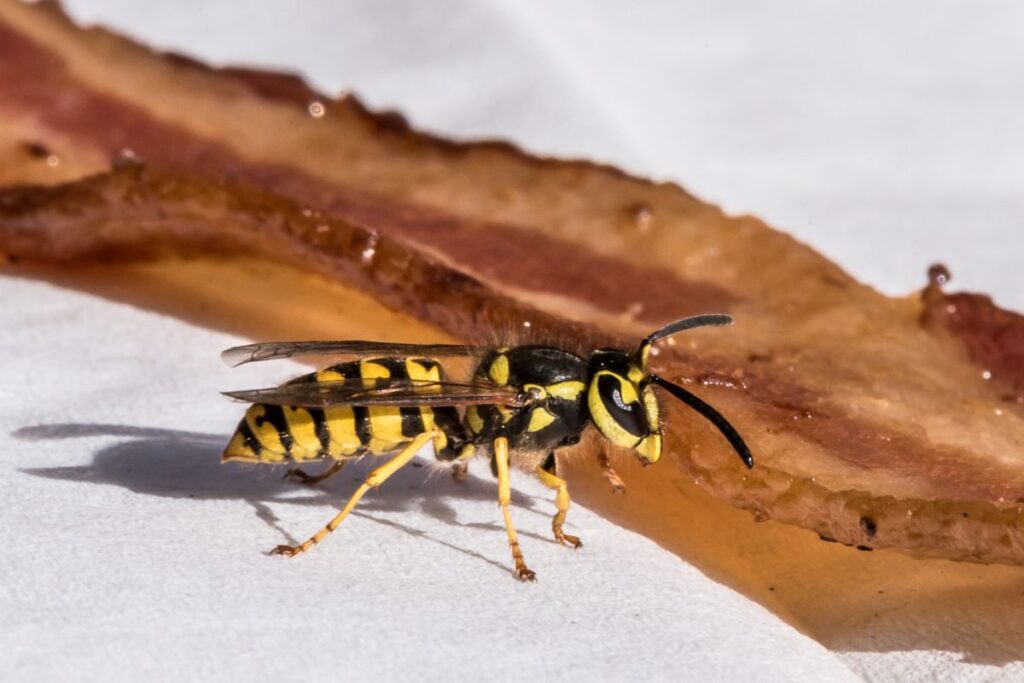
4. Yellow Jackets
- Appearance: Yellow jackets are a type of wasp with a distinctive yellow and black pattern. They are more streamlined than bees.
- Behavior: Yellow jackets are known for their aggressive behavior, especially around food sources. They build nests in the ground or other sheltered locations.
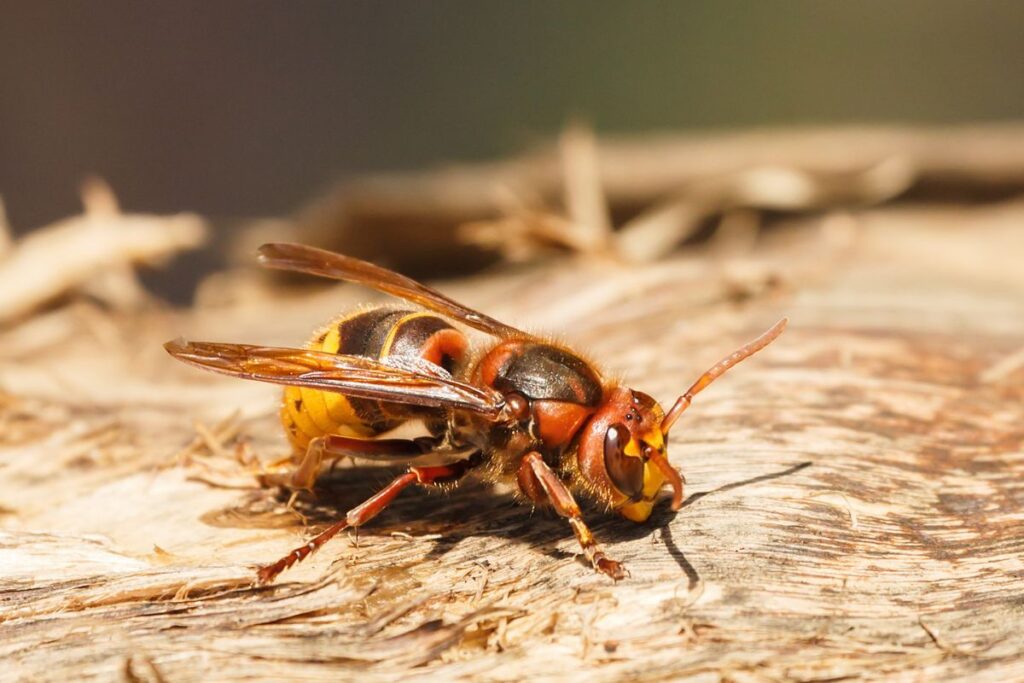
5. Hornets
- Appearance: Hornets are the largest of these buzzing insects, with a brown or black body and white or yellow markings. They have an elongated body shape.
- Behavior: Hornets can be aggressive when defending their nests. Some species build aerial nests, while others create nests in trees or shrubs.
Key Identification Tips:
- Body Hair:
- Bees, including honey bees and bumblebees, are generally fuzzier compared to wasps and hornets, which have smoother bodies.
- Color Patterns:
- The color patterns on the body can be indicative. Bees often have a more subdued color palette, while wasps and hornets may have bold black and yellow markings.
- Size:
- Bumblebees are generally larger and more robust than honey bees. Wasps and hornets can also be larger, with hornets being the largest of the group.
- Behavior:
- Observe their behavior. Bees are generally focused on collecting nectar and pollen, while wasps and hornets are more likely to be scavenging for food or hunting insects.
Conclusion:
Understanding the differences between bees, wasps, bumblebees, and hornets is essential for both appreciation and safety. If you encounter nests around your home or notice aggressive behavior, it’s recommended to seek professional pest control services in Riverside County. By knowing your buzzing neighbors, you can coexist peacefully and appreciate the vital roles these insects play in our ecosystem.

